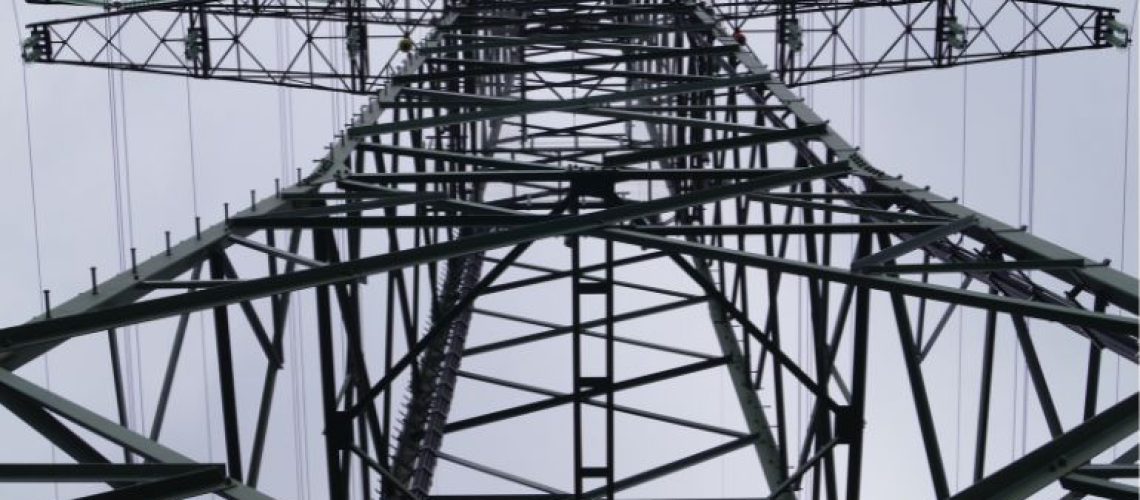Today, the Federal Energy Regulatory Commission (FERC) issued a notice of proposed rulemaking (NOPR) detailing the proposed interconnection reforms the Commission would like to adopt in order to clear interconnection backlogs and speed clean energy deployment.
The proposed rules closely follow joint recommendations that SEIA and its partners submitted in February 2022 on interconnection reform. SEIA recently explained and expanded on these comments in an interconnection white paper it released earlier this week.
FERC revealed a number of meaningful proposals, including:
- Firm deadlines for utilities conducting interconnection studies;
- New interconnection study processes that will simultaneously study the impact of a number of projects trying to connect to the grid, also known as a standard cluster study;
- Studies based on actual operating conditions for renewable energy generators; and
- Transparent and standard affected systems study processes.
Following is a statement from Ben Norris, senior director of regulatory affairs at SEIA on the development:
“We are excited to see the Federal Energy Regulatory Commission (FERC) take bold action to clear interconnection queues across the country, which have swelled to more than a terawatt of generation and storage projects. SEIA has long advocated for changes to the interconnection process, and we are pleased to see that FERC followed many of SEIA’s recommendations.
“Interconnection challenges have been simmering below the surface for years and remain one of the biggest impediments to meeting our state and federal clean energy goals today. We commend FERC for putting this issue front and center and taking action before it’s too late.
“The most significant part of these reforms is the built-in accountability for utilities. For years, utilities have been dragging their feet on interconnection, and this rulemaking would implement deadlines for completing interconnection studies and create penalties for utility inaction. This will add more predictability and transparency to the process, and greatly speed review times. We also believe that the cluster studies, affected system study changes, and a more realistic look at operating conditions for renewable energy generators will significantly improve the interconnection process.
“All of these proposed reforms are a significant step forward and will help to greatly improve efficiency and reduce application withdrawals. They will also help to reduce overall project costs and keep lowering the costs of affordable clean energy.
“We look forward to supporting these recommendations and continuing to work with FERC on the many opportunities they have to improve both distribution and transmission level interconnection,” he continued.
News item from SEIA
<!–
–>



